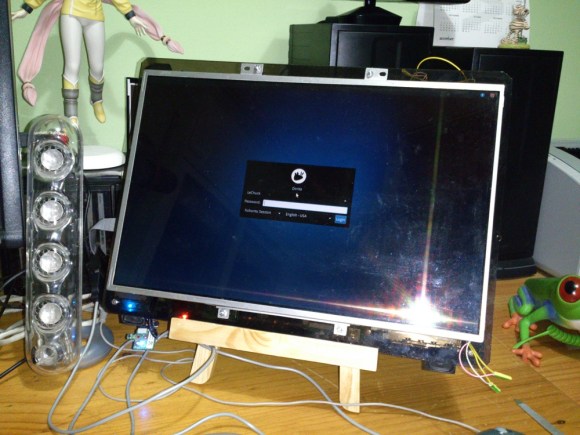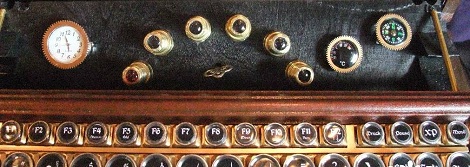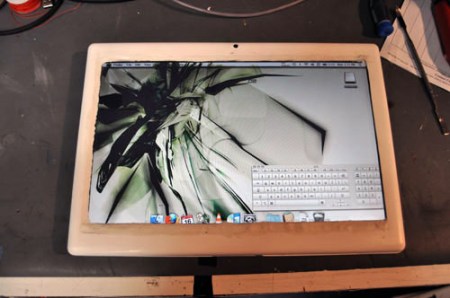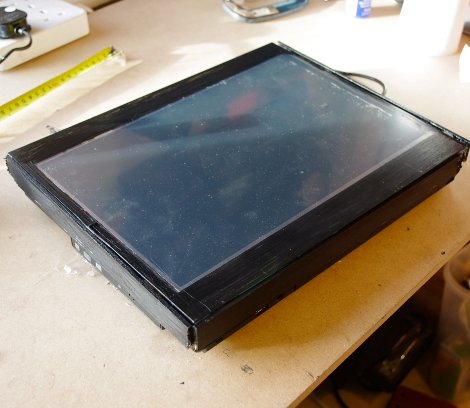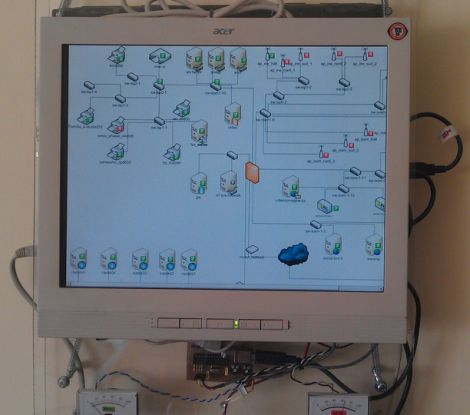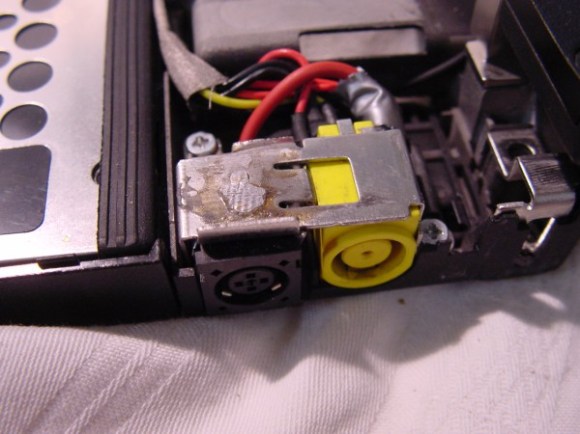
This one’s a riot! [Nico] got a new computer and didn’t want to change the six power supply cords he had strategically placed around his home and at work. So he just added a second charging jack that accepts a different style connector.
First off the laptop is used — but it’s new to him. So cracking it open and soldering in a new jack doesn’t affect the already expired warranty. He had an unlimited supply of Dell laptop chargers available from work. They are rated 19.5V and the charger for this computer is rated 20V so he figured this should be no problem. Instead of just swapping out the old charging port he added a second where the RJ-11 connector (for a telephone modem) was located. Now he doesn’t need to waste money buying more chargers for the new-old machine.
This isn’t the first time we’ve seen someone replace a power jack. But it is the first computer we’ve seen that takes two different chargers.

